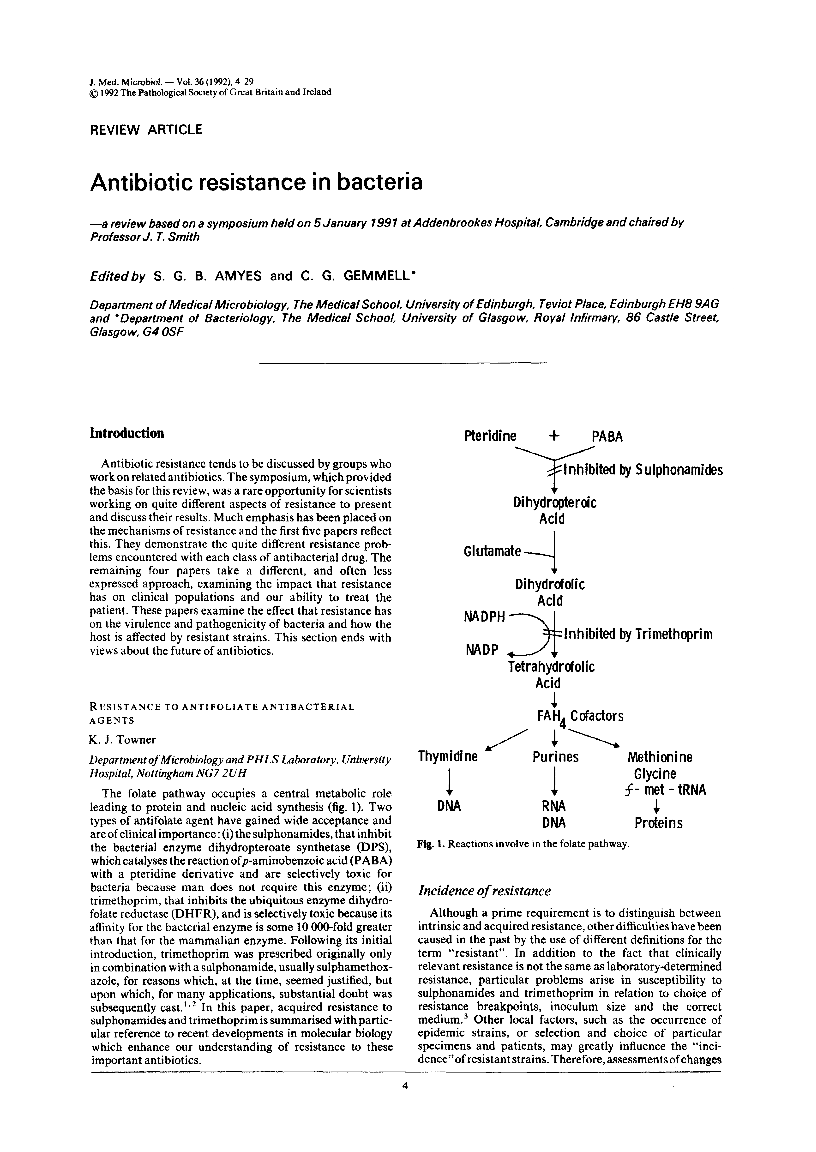
Full text loading...

Antibiotic resistance in bacteria, Page 1 of 1
< Previous page | Next page > /docserver/preview/fulltext/jmm/36/1/medmicro-36-1-4-1.gif
There is no abstract available.

Article metrics loading...

Full text loading...
References


Data & Media loading...
